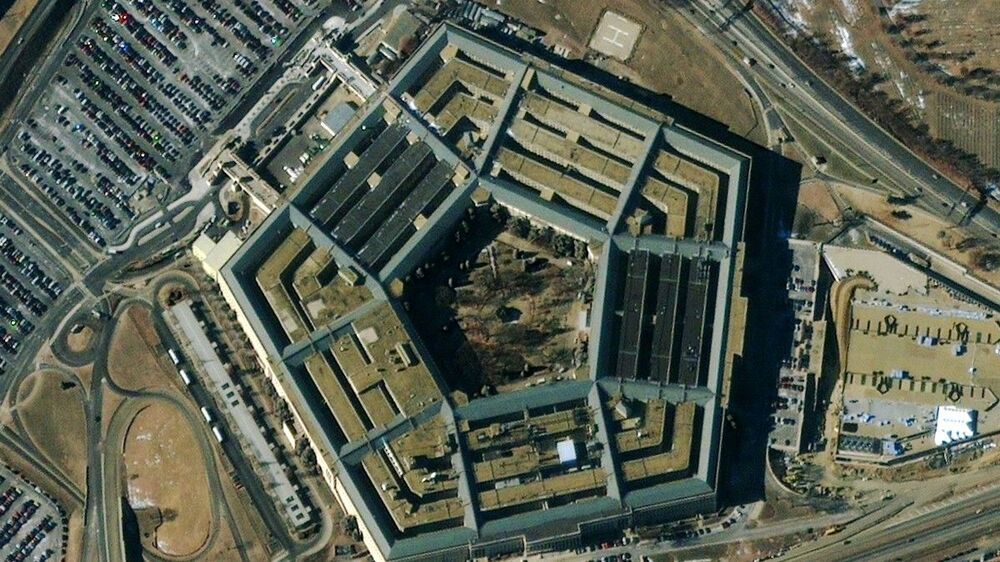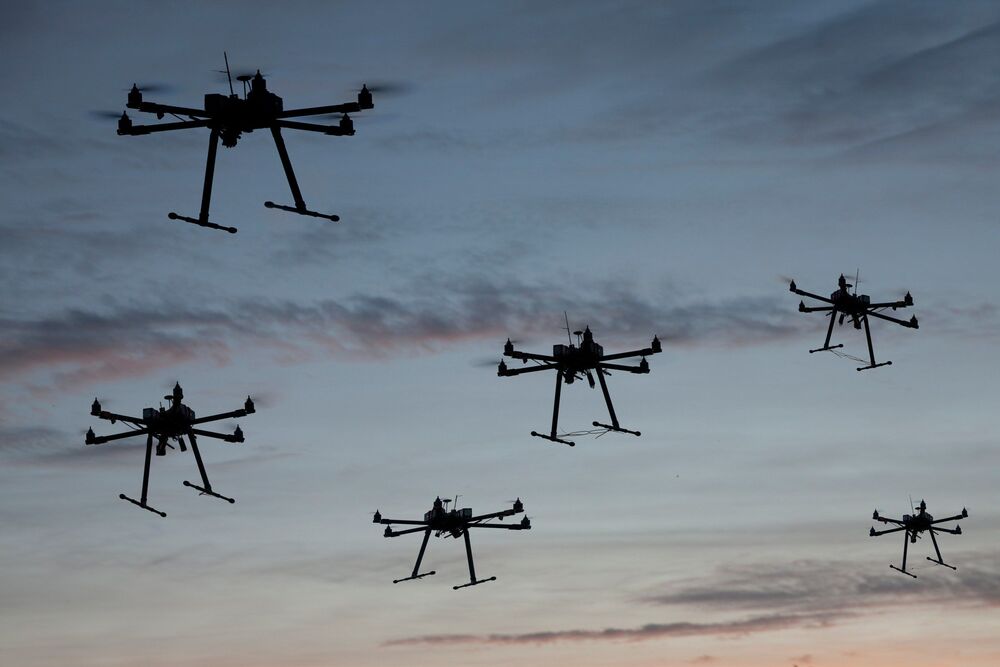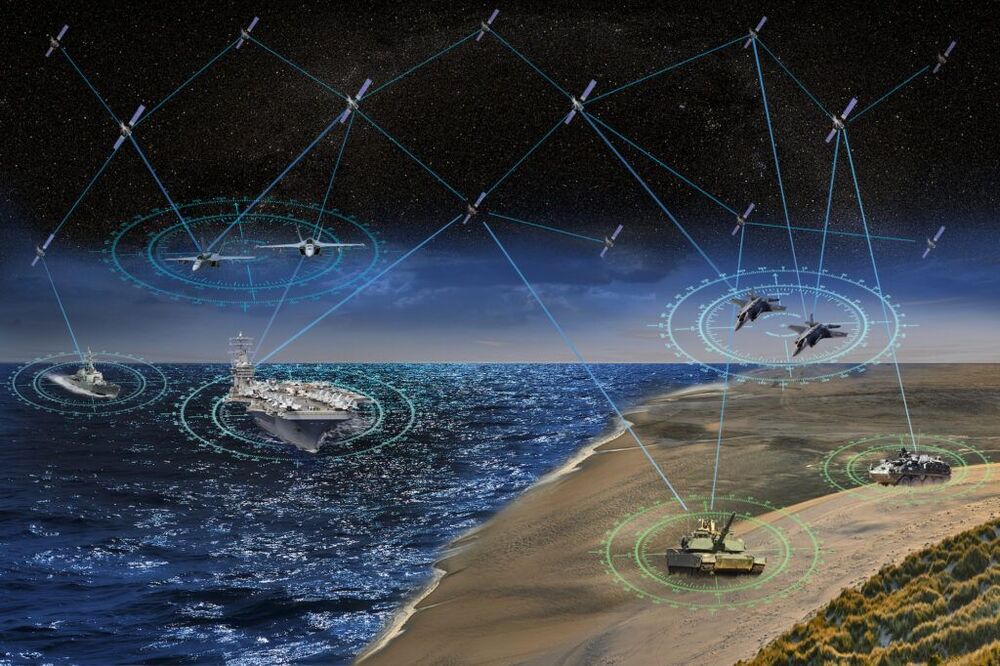Scientists working at Canada’s highest-security infectious-disease laboratory have been collaborating with Chinese military researchers to study and conduct experiments on deadly pathogens.
Seven scientists in the special pathogens unit at the National Microbiology Laboratory (NML) in Winnipeg and Chinese military researchers have conducted experiments and co-authored six studies on infectious diseases such as Ebola, Lassa fever and Rift Valley fever. The publication dates of the studies range from early 2016 to early 2020.
The Globe and Mail has also learned that one of the Chinese researchers, Feihu Yan, from the People’s Liberation Army’s (PLA) Academy of Military Medical Sciences, worked for a period of time at the Winnipeg lab, a Level 4 facility equipped to handle some of the world’s deadliest diseases. This researcher is credited as a co-author on all six of the papers. However, on two of them, he is listed as being affiliated with both the Winnipeg lab and the military medical academy.







